Stop the Waste: Drive Real Benefits Utilization
You’re spending real money on benefits. If your people aren’t using them, you’re not buying health—you’re buying paperwork. Let’s flip that. I’ll show you a simple, repeatable system to raise preventive care, mental health use, Rx adherence, and smart spending without torching cash flow or drowning HR.
We’ll stick to three levers that work in small companies: incentives, education, nudges. Then I’ll hand you a 30-day rollout and the exact resources to share.
First, define “utilization that matters”
Your plan’s “wins” should be outcomes you can count, not vibes. Start with five:
Preventive care done on time (physicals, cancer screens, vaccines) — most in-network preventive services are $0 under federal rules when delivered by in-network providers. Make sure employees know this and how to access it.
Mental health access — benefits must meet parity rules; your plan (or carrier) should be ready to show a valid NQTL comparative analysis if regulators ask. Remove hidden hurdles and promote access.
Medication adherence — reduce avoidable ER visits by keeping people on meds and on tier-1/low-cost options. Teach the formulary and mail-order basics.
Smart first touch — virtual/urgent care before ER (when appropriate) + price tools for imaging/labs.
Tax-advantaged spend — HSAs/FSAs used correctly (and HSA-eligibility preserved). Employees can use HSAs tax-advantaged for qualified expenses per IRS Pub 969; don’t accidentally disqualify them with conflicting coverage.
Pick 2–3 metrics to start (e.g., preventive visit rate, EAP/therapy first appointments, HSA participation), set a baseline this quarter, and aim for +10–20% by next quarter.
Design incentives employees actually notice
Money talks, but structure matters. Stack small, frequent wins over one giant annual raffle.
1) “Do X, get Y” micro-rewards (fastest lift)
$25–$50 for completing an annual preventive visit (in-network). It’s already $0 at the point of care for most plans; your reward pays for time, not the visit. Share the preventive list so employees know what qualifies.
$25 for creating an online account with the carrier and saving the digital ID card.
$25 for setting a PCP and adding their office to favorites.
$25 for filling a 90-day maintenance med via mail order (if clinically appropriate).
2) HSA “do more, get more”
For HSA-eligible enrollees, tie employer HSA contributions to behaviors:
$150 after preventive visit + vaccine check (documented).
$100 for watching a 10-minute “How to HSA” and setting an auto-contribution (pre-tax via Section 125 cafeteria plan, where you have one). Rules for HSAs/FSAs/HRAs live in IRS Pub 969—link employees to the basics.
3) Mental health first-step bonus
$50 for booking a first therapy or coaching session (virtual or in-person) through your plan. Make this confidential and vendor-administered. Parity rules bar hidden barriers; your carrier/TPA should support access and furnish parity documentation.
Tip: Pay every reward on payroll the next cycle so the loop feels immediate.
Teach it like a roadmap, not a handbook
Most “utilization problems” are really confusion problems. Replace thick PDFs with a one-page Benefits Map your people can read in 60 seconds:
Top row: “Where to start when you’re sick” (virtual care → urgent care → ER)
Middle: “Preventive care is $0 in network—what counts?” (with examples + link to the official list)
Bottom: “How to pay smarter” (HSA/ FSA 101 + what’s eligible via Pub 969)
30-minute micro-trainings (recorded)
Session A: “Use the plan” — how to find in-network, book preventive, price a scan, message your PCP.
Session B: “Mind health, first” — how to book therapy, parity protections, and the 988 lifeline for crises.
Session C: “HSA/ FSA in 10” — what’s eligible, how to contribute, avoid double-dipping.
Share official lists employees trust
Preventive care at $0 (adults, women, kids) on Healthcare.gov.
USPSTF A/B recommendations (the clinical backbone behind many $0 preventive items).
CDC adult immunization schedule (printable, simple).
Nudge like a product manager
Behavior beats intention. Add defaults, reminders, and timing to make the “good” path easy.
1) Default to a primary care relationship
On day 1, send an auto-text: “Tap to pick your PCP.”
On day 10, send: “Two clicks to schedule your preventive visit (it’s usually $0 in network).”
2) Time-boxed prompts
Day 30: “Add your ID card to Apple/Google wallet.”
Day 45: “Preventive checklist (age + gender) — 60 sec to see what’s free.”
Quarterly: “Price check your next scan/bloodwork here first.”
3) Habit hooks
Calendar holds: drop a 30-minute “Check benefits” block each quarter with links to your carrier portal, preventive list, and HSA page.
Slack/Teams cards: buttons for “Find in-network,” “Book therapy,” “Refill 90-day med.”
4) Make managers your megaphone
Give managers a 3-line script:
“Preventive care in-network is usually $0. Book yours. If it’s mental health, start with our therapy link. And if you’re HSA-eligible, set your per-paycheck contribution today.”
Tune your plan so the “right” choice is the cheap choice
You can nudge all day; if design fights behavior, you’ll lose. Ask your broker/TPA to confirm these settings at renewal:
$0 in-network preventive (already standard under ACA—verify your SBC and comms call it out).
Virtual primary care/therapy at low or $0 copays to make first steps painless.
Tier-1 pharmacy messaging and 90-day maintenance fills (mail or retail) to cut costs and slips.
Imaging & labs steerage (preferred centers with transparent pricing).
Parity check: remove non-clinical roadblocks for mental health (e.g., unnecessary pre-auths that fail parity). Your carrier should maintain the NQTL comparative analysis your plan must have on hand.
HSA-compatibility: If you offer an HSA plan, keep any companion FSA limited-purpose (dental/vision) so you don’t disqualify HSA contributions. See IRS Pub 969 for definitions.
30-day rollout (copy/paste calendar)
Week 1 — Decide & draft
Pick 3 metrics.
Build your one-page Benefits Map (preventive, mental health, HSA).
Choose four micro-rewards and set amounts.
Week 2 — Wire the nudges
Add day-10/day-30 SMS or email drips (PCP pick, preventive booking, ID card save).
Drop quarterly calendar holds for everyone.
Load Slack/Teams quick-action cards.
Week 3 — Go live
20-minute all-hands to walk the Map.
Launch Session A (“Use the plan”) and record it.
Turn on reward payments via payroll.
Week 4 — Inspect & adjust
Pull quick-hit vendor stats (sign-ins, first appointments, early bookings).
Email a 3-question pulse survey; fix friction immediately.
Common snags (and fast fixes)
“Unlimited” messaging, limited reality. If preventive is $0 in-network, but people get billed, it’s usually out-of-network or coded as diagnostic. Teach in-network and “preventive vs diagnostic” in Session A; link to the official preventive list.
Mental health roadblocks. If therapy access is slow, ask your carrier for the plan’s parity NQTL analysis and remove non-clinical hoops. Post your therapy booking link everywhere.
HSA confusion. People don’t know what’s eligible. Point to Pub 969 and give a one-page “top 50” eligible expenses cheat sheet.
Shots get skipped. Share the CDC adult schedule and host a pop-up flu/COVID clinic if your vendor offers it.
Resources (owner-friendly)
Preventive services (no-cost in network) — official lists and definitions. HealthCare.gov+1
USPSTF A/B recommendations (clinical backbone for many preventive services). USPSTF
CDC Adult Immunization Schedule (2025) — printable PDF. CDC
Mental Health Parity final rules & enforcement — employer overview and timelines. DOL
IRS Pub 969 — HSA/FSA/HRA basics and eligibility. IRS
Work with us
Utilization isn’t magic. It’s design + clarity + timing. Make the first step obvious (and cheap), make the reward immediate, and remind people right when they’re likely to act. Do that for preventive care, mental health, meds, and HSAs—and the “waste” turns into wins you can measure.
Black Mammoth Power Hour — Utilization, Sorted
Give me 60 minutes. We’ll set your three metrics, build your one-page Benefits Map, wire micro-rewards, and load the nudges into your HRIS/Slack. You’ll leave with a 30-day playbook and vendor asks your broker can execute now.
Ready to turn benefits into benefits? Let’s go.

